Carrots, especially fresh Alaska grown carrots, are unmatched in taste and texture. A favorite of kids and adults alike, they’re excellent raw, in soups or stews, roasted, or even fermented. Carrot tops can also be eaten. I like to use them to make broth, juice, and pesto.
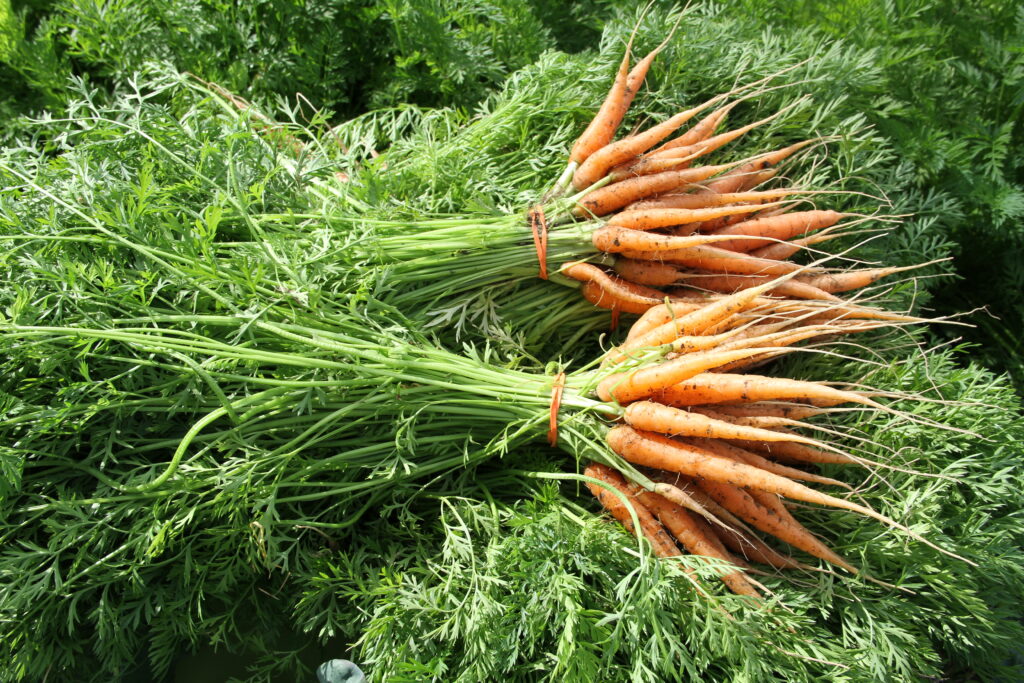
With proper thinning, and well-drained, loose soil, carrots thrive in Alaska. The biggest challenge with growing them is probably getting the spacing right and keeping them weeded. Carrot seeds are tiny so you almost always have to thin after they emerge. Some people like to use seed tape or a seeder and pelleted seeds to get their spacing just right—or even a paper-pot transplanter. But if you don’t plant thickly enough and you have poor germination rates, you’ll also have low yields. Germination can also take quite a few days (about two weeks, and longer in cooler soils). During this time, you have to ensure the seeds stay consistently moist. I like to cover the seeds with frost cloth to hold the moisture in and provide some extra warmth. I learned this trick from a farmer in Homer, Alaska. Unfortunately, while your carrots take their sweet time to emerge, weeds are eager to grow and soak up the water and nutrients intended for your carrots. Continue reading
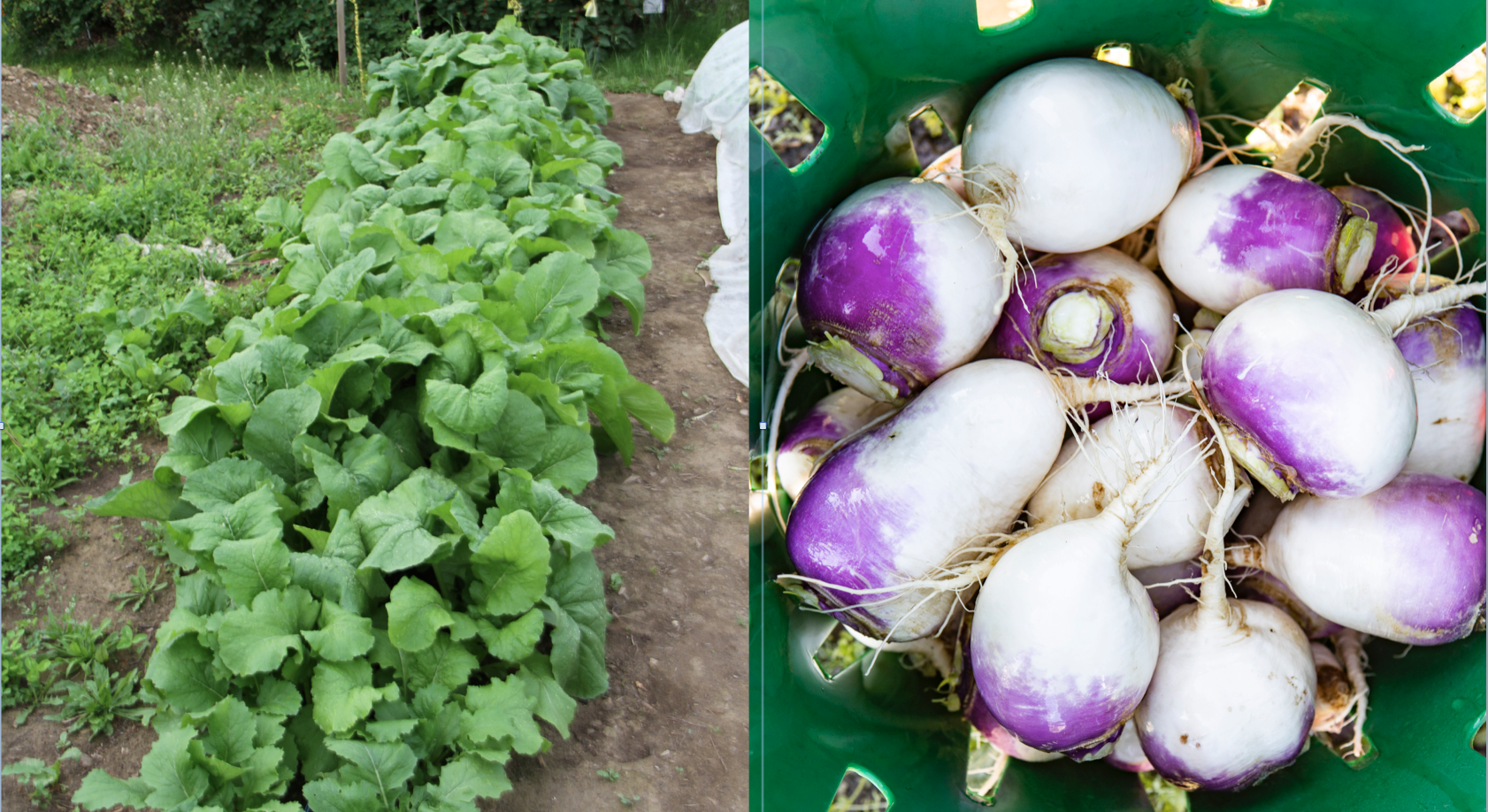
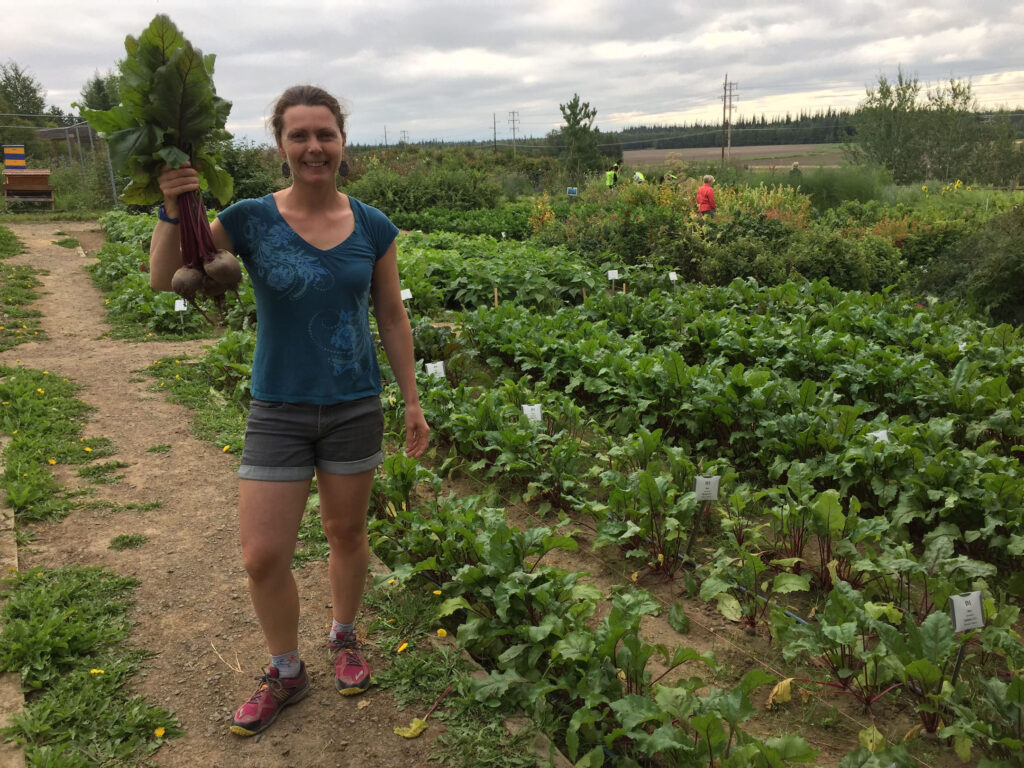
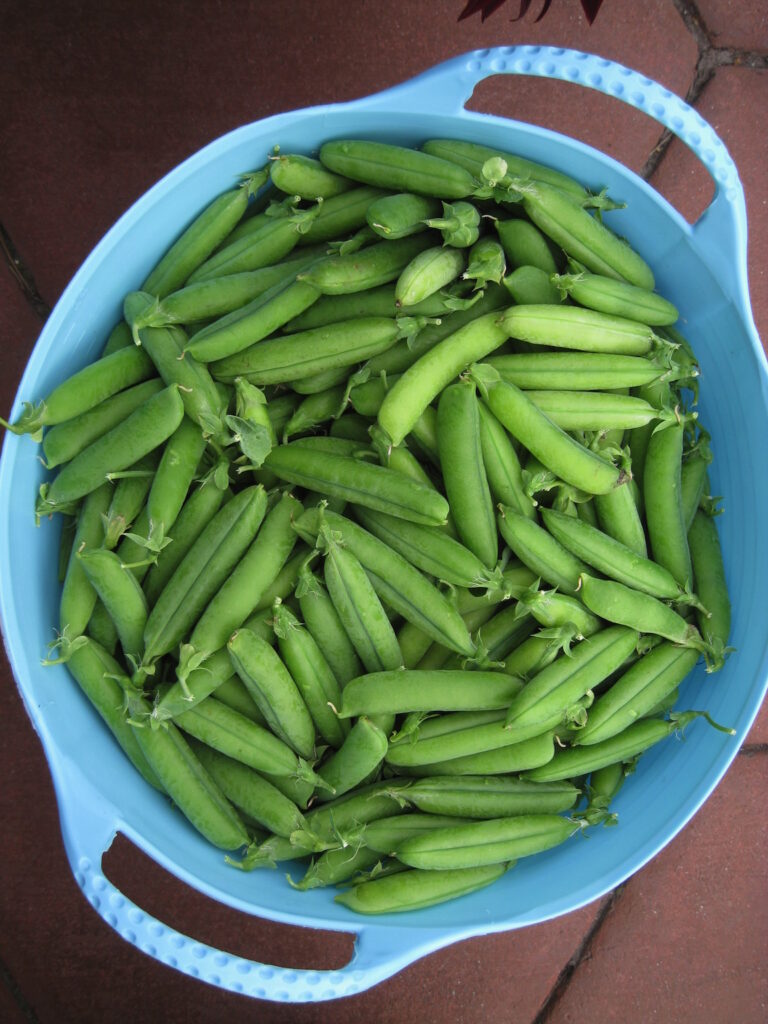
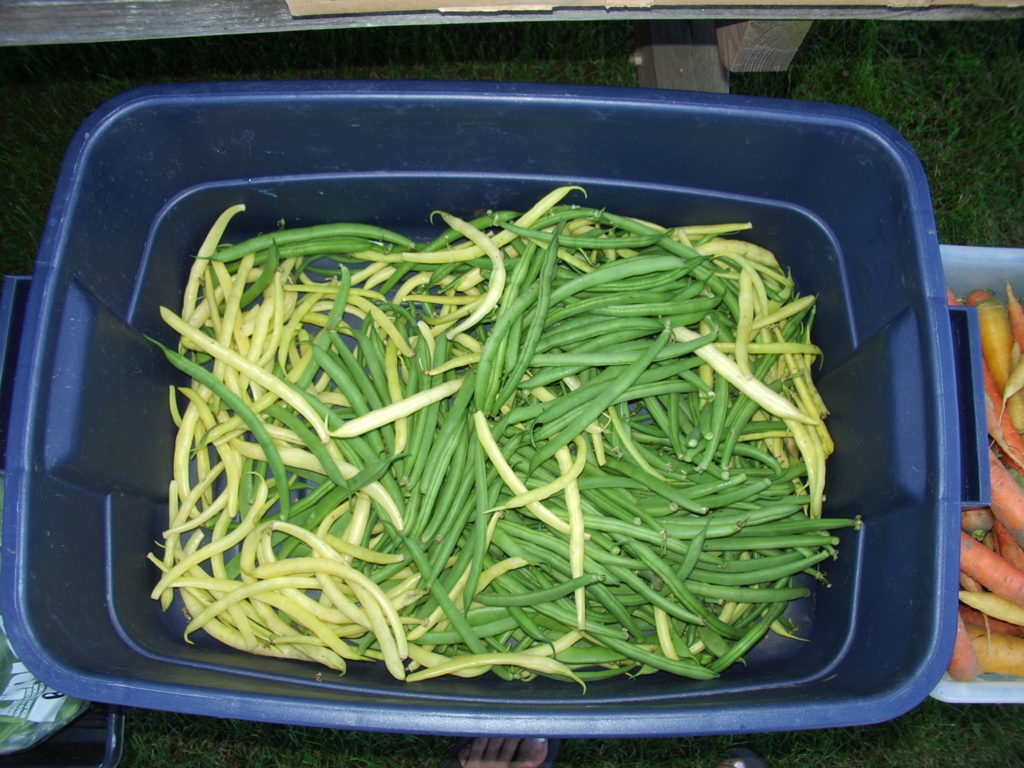
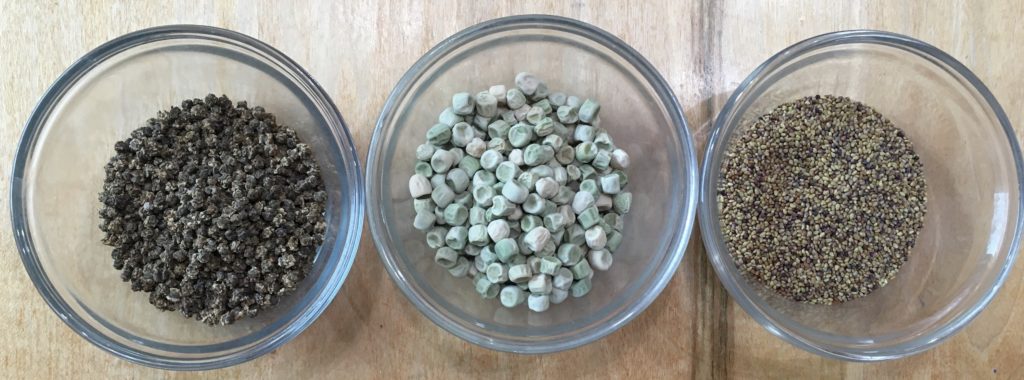
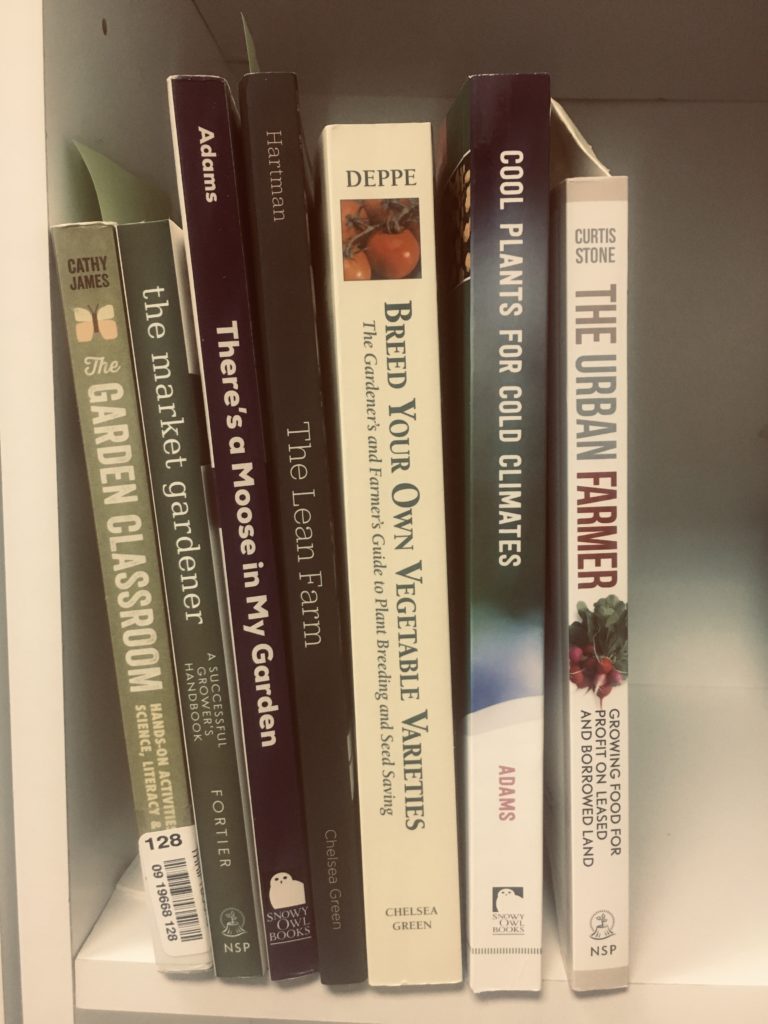
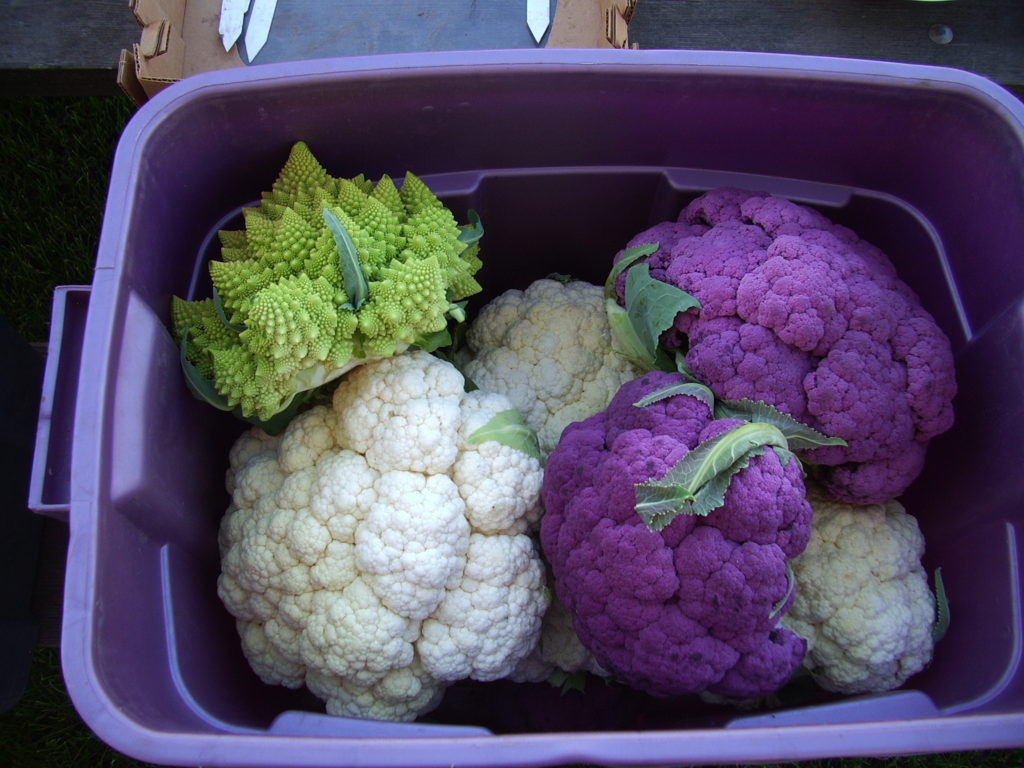
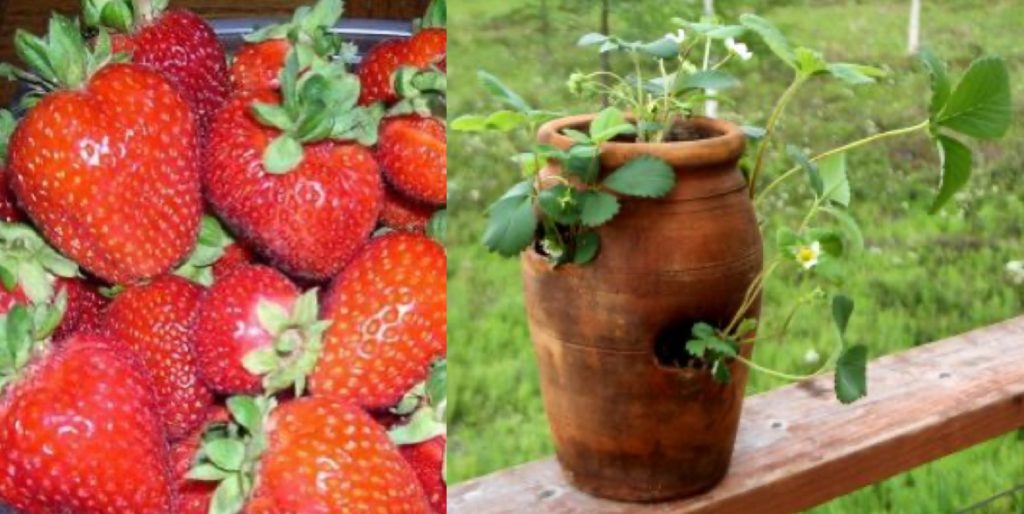 Based on response to day length, strawberries are categorized as: June bearers, everbearers or day neutrals. Sparkle is a June bearer.
Based on response to day length, strawberries are categorized as: June bearers, everbearers or day neutrals. Sparkle is a June bearer.